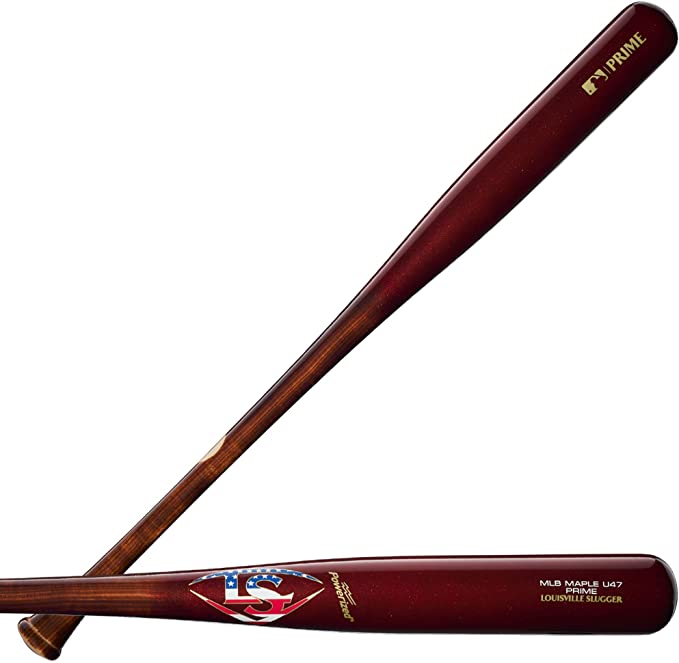Baseball is a challenging game to play. It takes hours of practice and years of experience before you are good enough for the major leagues. Which begs the question, how do baseball players know what their on base percentage is? This post will answer that question by providing an easy way to calculate your on base percentage with just a few mouse scrolls!
On base percentage or OB%, is a measure of how often you get on base. While batting average measures how frequently you make contact with the ball and hit it well enough to reach first base safely, your OB% shows total bases divided by official times at bat (plate appearances). This tells us if a player has been successful in reaching first base throughout their career, as opposed to just making solid contact now and then.
While this doesn’t tell us anything about power hitting, players that have high OB% are likely those that either walk frequently or those who work long counts and see many pitches until they find one worth swinging for – both signs of an excellent hitter! Players like Joey Votto make-outs only 17 percent of the time, meaning that he gets on base nearly six out of every ten times at-bat.
On base percentage is important for fantasy baseball players to know because it gives you a good idea who has a high value in runs scored and RBIs while they’re not hitting home runs or stealing bases – which are typically the most valuable stats in standard leagues.
It’s also helpful for handicapping games and betting on MLB. If you know that a batter is extremely patient or tends to swing at everything they see, it gives you insight into their likely performance in the game.
2. What is a good On Base Percentage?
In general, you want to shoot for players with OB%s in the .350-.400 range. It’s possible but tough to maintain an OB% above .450 and certainly not sustainable over multiple seasons. If your player has been hitting well lately or their career average is close to that high end of the spectrum, you might want to consider them for your team.
On the other hand, if their OB% is hovering around .250 or lower, it’s best to avoid them like the plague because they are very unlikely to be getting on base at a high rate throughout any given game – regardless of what kind of fielders they’re playing against! Players with rates below that threshold should only make an appearance in your lineup when there’s nothing better available.
A good rule-of-thumb is that players who get on base 30 percent or more times throughout one season tend to have excellent years, and those who reach the first 40 percent or more often typically win MVP awards (if not just league MVPs). Even among pitchers batting, a career average above .150 is pretty good, and hitters with OB%s over .200 are the cream of the crop.
So what does this mean for you as a fan? The next time your team takes batting practice before the game, make sure to pay attention to who’s taking their at-bats seriously versus those who simply slap balls into the field. If your team is struggling to get runners on base, take a look at who’s playing first and see if you can spot any tendencies that might give them an edge in reaching first safely more often or drawing walks. This will help make sure you are rooting for players with high OB%s next time you decide to put money down on an MLB game.
3. How to calculate your own OB%?
All it takes are three simple numbers: total plate appearances, number of hits (or times reaching first), and number of walks or hit-by-pitches. If your OB% isn’t already readily available in any stat tracker, you can find it by dividing the sum of all bases reached via hits, walks/hit by pitches, and errors into official at bats (ABs).
OB%: Official At Bats; HBP: Hits / Total Plate Appearances; BB: Times Reached First Base Through Walks / Total Plate Appearances; PA: At Bats
OB%: HBP+BB/PA=On Base Percentage
Now that you have your OB%, you can use it to better understand how well a batter is hitting and who should be in the lineup. If their OB% isn’t what they typically achieve, look for reasons why. They may have been slumping or even playing through an injury. A healthy player with a low OB% is likely to go on a hot streak soon so keep your eye out for when they do!
4. Why should you calculate your OB%?
Baseball is a game of numbers. It’s important to know where you stand among all players in the MLB or even just those on your favorite team. You can also use this knowledge to compare yourself against friends and family members who are baseball fans as well!
The On Base Percentage Calculator tells us how often our hypothetical player reaches first base safely compared to their at-bats – which shows us if they’re likely to score more runs than average or not. Knowing these stats will help you make better lineup decisions for fantasy baseball league games, so why wouldn’t you want your OB% calculated?
5. Some of the players with the highest OB% in MLB history.
Below is the list of players who have been able to maintain OB%s over the league average even though they played years ago! It’s worth noting that their era might be different from today’s, but everyone on this list was truly exceptional at getting on base safely.
- Babe Ruth – .474
- Ted Williams – .482
- Ty Cobb – .433
- Lou Gehrig – .477
- Rogers Hornsby – .434
- Frank Thomas – .419
- Stan Musial – .417
- Joe Jackson – .423
- Eddie Collins- .424
- John McGraw- .465
6. How to calculate my team’s batting average, on base percentage, and slugging percentage (BA/OBP/SLG)?
OB%: Official At Bats; HBP: Hits / Total Plate Appearances; BB: Times Reached First Base Through Walks/ Hit By Pitches / Total Plate Appearances
BA=H+RBI-HR by individual players on team divided by total of team’s ABs*(AB+BB)+(AB-CS)(AB+BB-HBP)
OBP: H / AB; SLG: TB/AB – HR by individual players on team divided by total of team’s ABs*(AB+BB); *note that batting average is calculated as (AB-CS)(AB+BB). Batting Average=At Bats/(Singles +[Two times Number of Doubles]+[Three times Number of Triples]+[Home Runs])
BA/OBP/SLG are typically the most valuable stats in standard leagues. It’s also helpful for handicapping games and betting on MLB. If you know that a batter is extremely patient or tends to swing at everything they see, it gives you insight into their likely performance in the game.
If you’re in a league that counts triples and/or stolen bases, it’s also helpful to know how often the players on your team reach base safely. This will help determine who gets sent out for attempts at stealing or running home when there are men already on base so they don’t get stuck at third!
7. And finally, some quick tips on how to improve your base percentage!
There are several things you can do to improve your base percentage, but the most important thing is patience. Don’t swing at bad pitches! If you have an OB% below .300, it means that there’s something wrong with your approach – so work on being more selective when in the batter’s box. You also want to put yourself in a position where there aren’t many outs and that usually involves taking walks instead of trying to force anything by swinging early in counts.
Don’t forget about situational hitting either! For example, if runners are in scoring position, it’s up to you to get them home. You can work on your base running by stealing bases when possible and always being aware of where the next baserunner is so that if there are two outs you’re not getting caught in a pickle between first and second!
You should also try practicing with weighted bats like the ones used in the MLB. They’ll help you get into a rhythm and build muscle memory for hitting with all your strength behind each swing!
Final Words
So, the next time you want to know your on base percentage in a jiffy, whip out your calculator and give this little formula a try. You will be amazed at how quickly it solves for OB%! Just remember that if you are given an OBP of .320 or less (very possible for non-professional baseball players), then divide by 2 instead of 3 when solving for OB%. It’s as simple as that!






